When I visited Ozamiz City, I didn’t expect to find myself walking inside a real fort by the sea. But there I was, standing on old stone walls, feeling the sea breeze, and imagining what life was like for the Filipino soldiers who once guarded this place and protected the whole city from the invaders in the past.
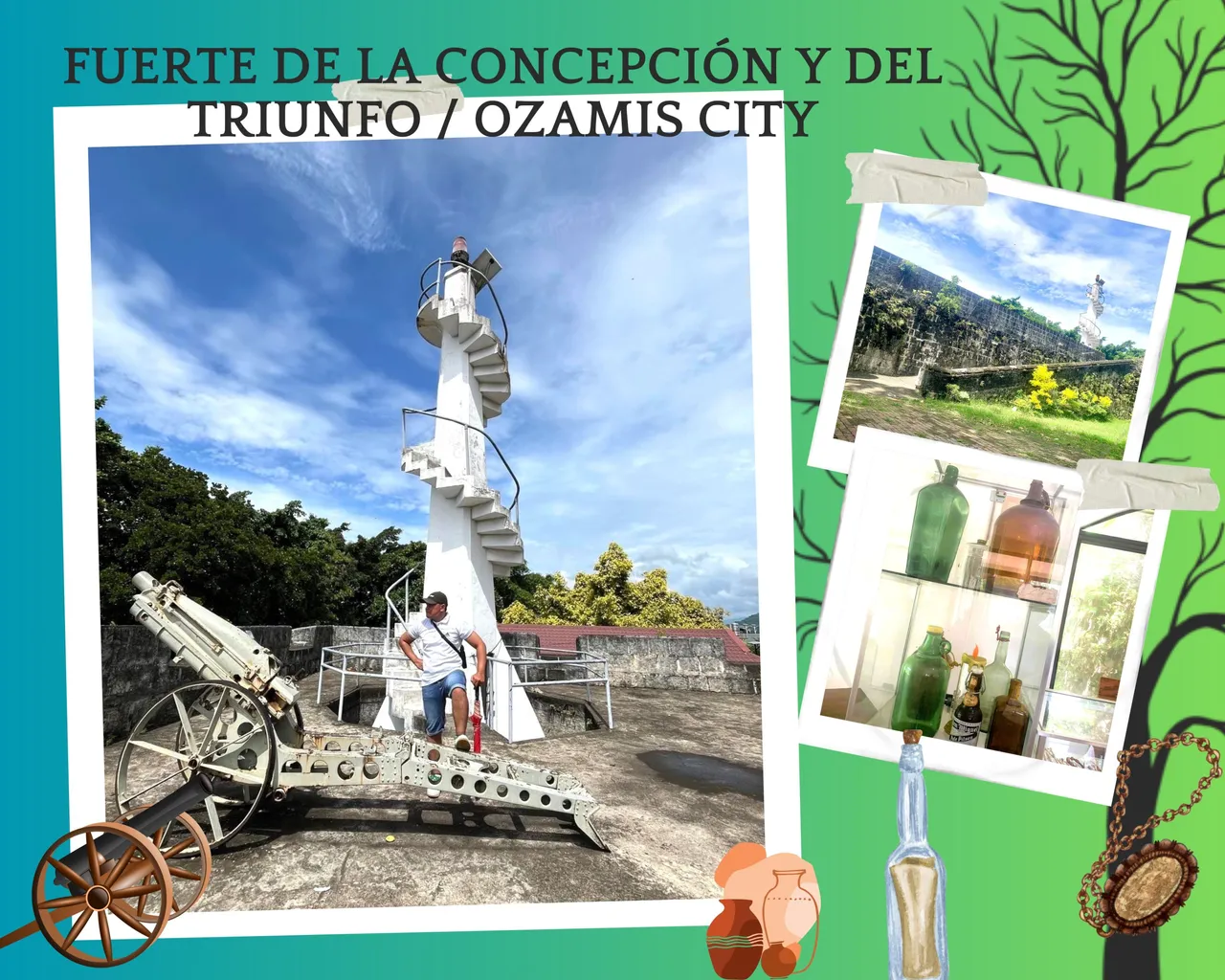
Fuerte de la Concepción y del Triunfo was built in 1756. It is commonly known to us simply as Cotta. It was first made by the Spanish to protect the city from pirates. Later, during World War II, it became the camp for the Filipino soldiers, known as the constabularya, against the Americans and the Japanese invaders. Today, it has become a National Historical Landmark, and it’s still standing strong after hundreds of years.
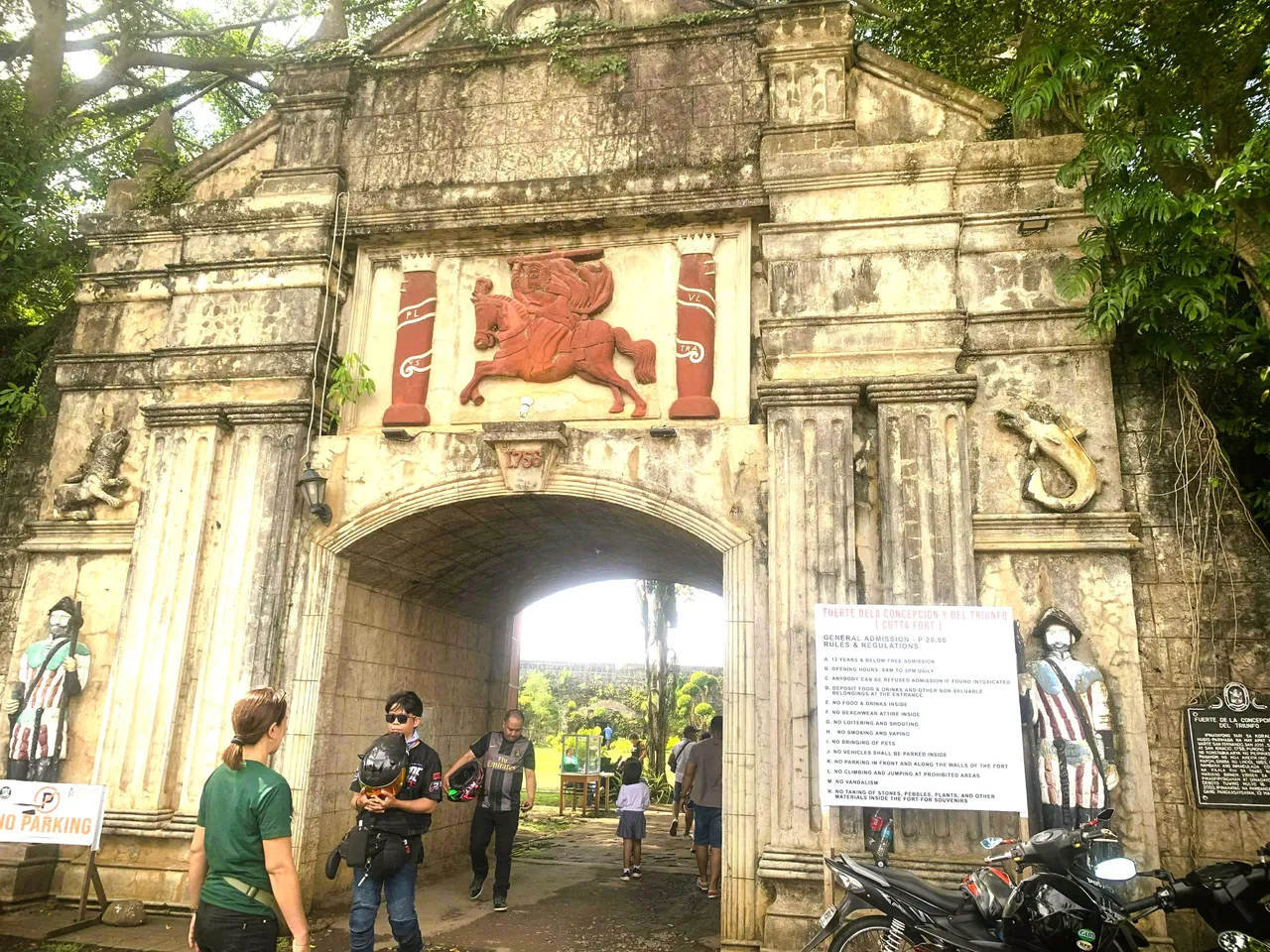
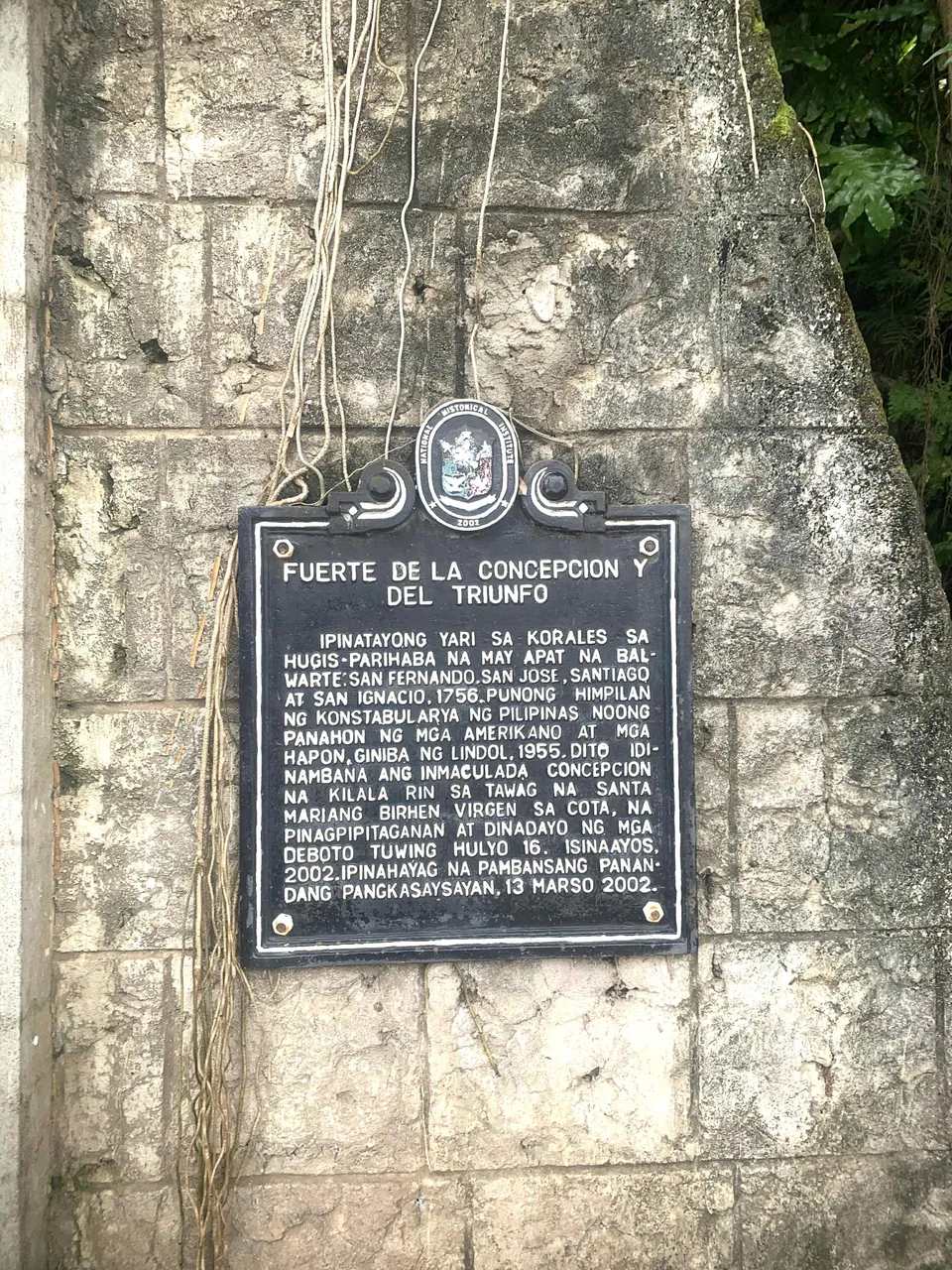
Inside the fort, there’s a small museum. Before I got inside, I imagined seeing some soldiers' gears and boots and some old guns too, but when we got inside, I saw so many old things there instead of old guns and boots. There were antique spoons, plates, old transistor radios, jars, coins, and even clay pots made of corals and seashells. Each craft made me appreciate more the crafty hands of every Filipino soldier in the past.
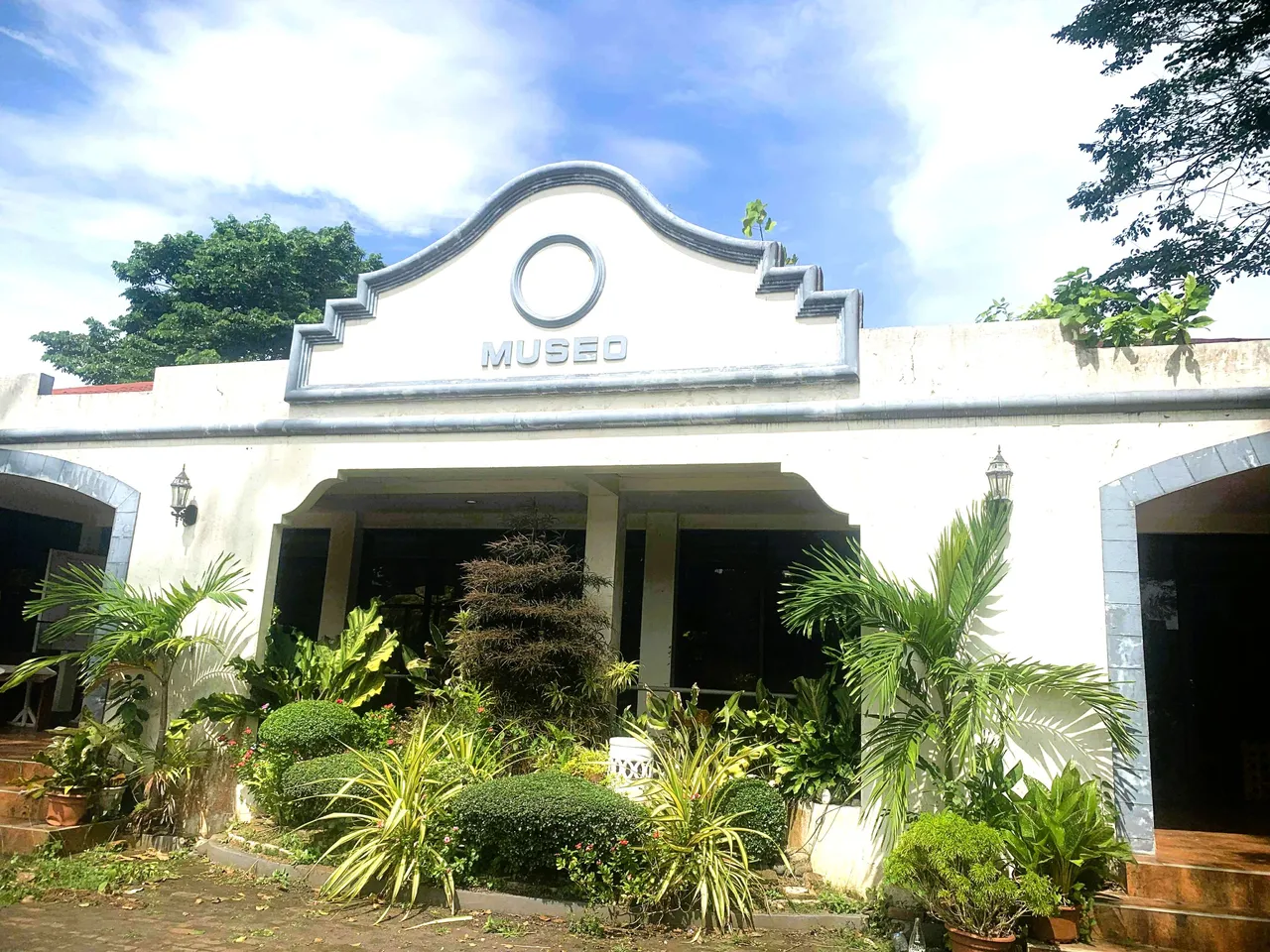
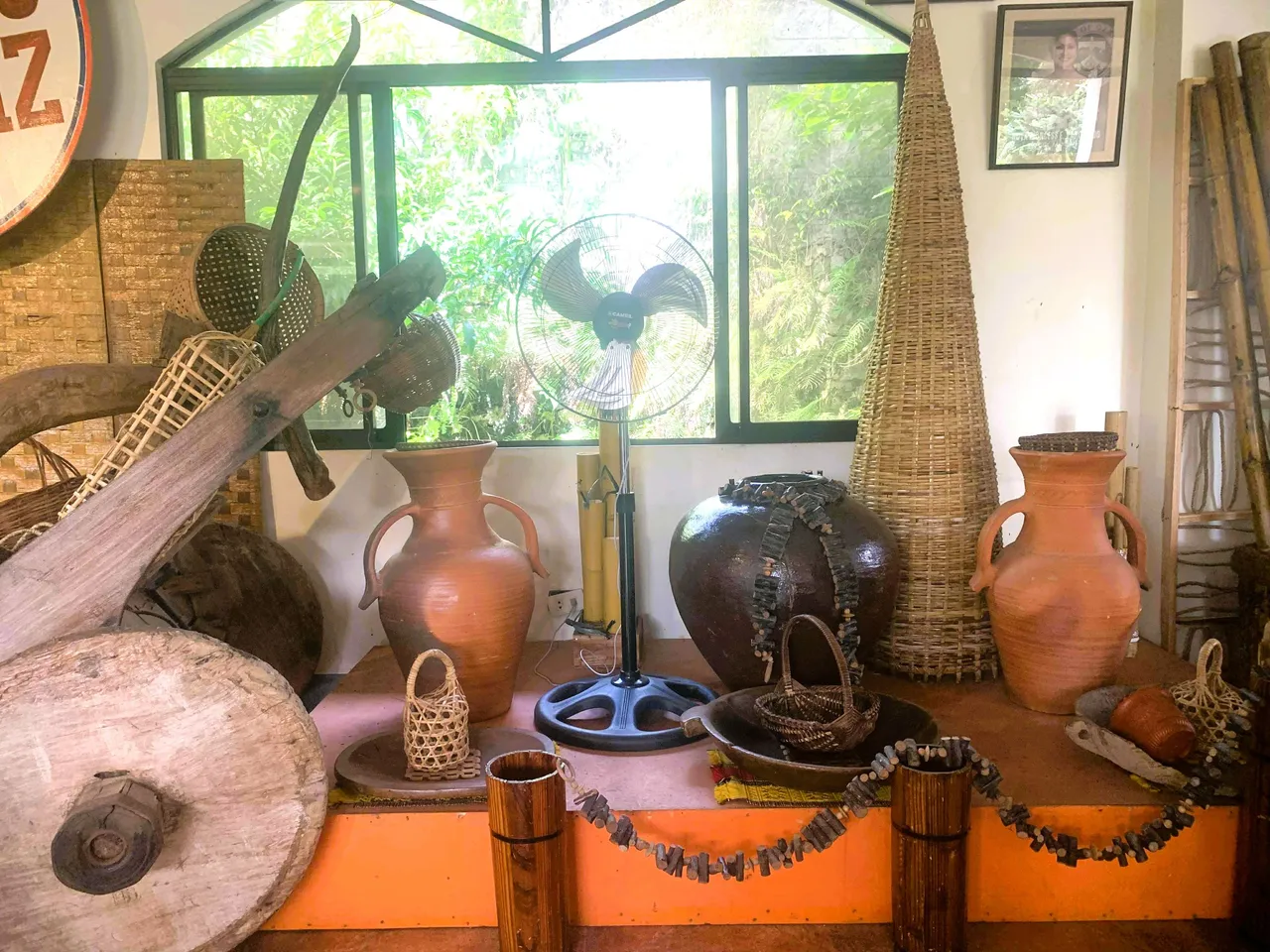

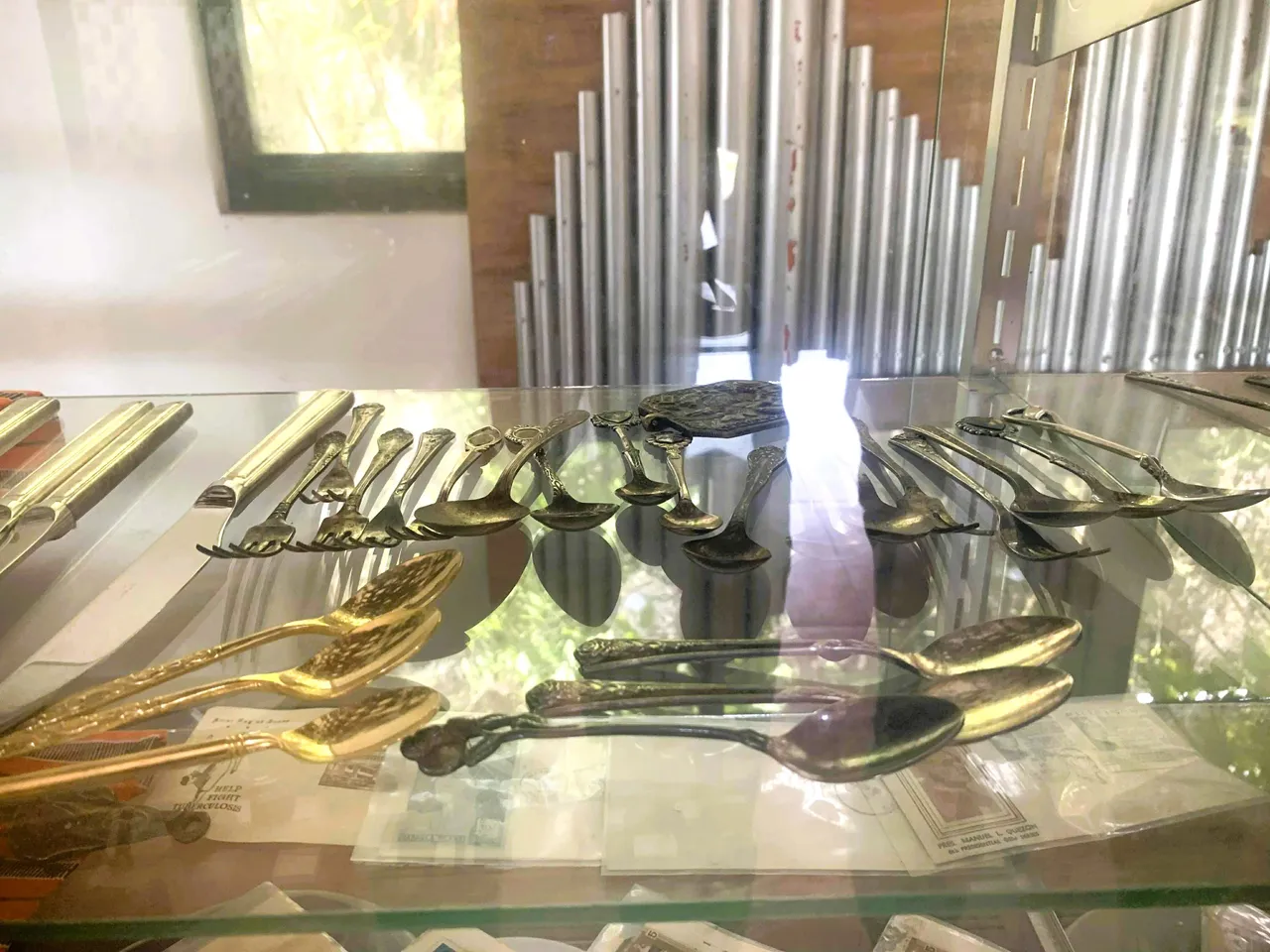
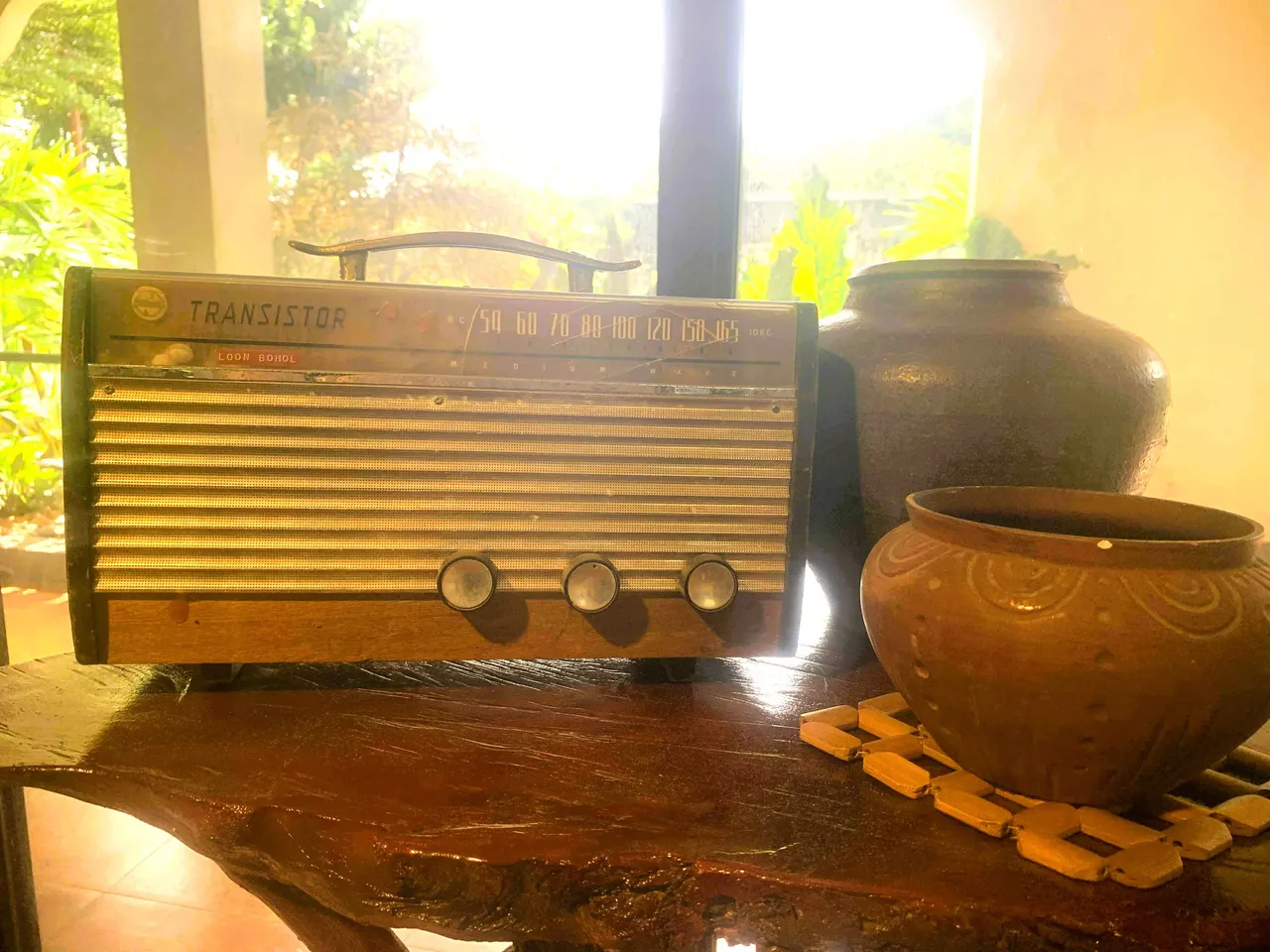
There were portraits on the walls showing all the mayors who have led Ozamiz City since the beginning. Those portraits tell how old the city of Ozamis is.
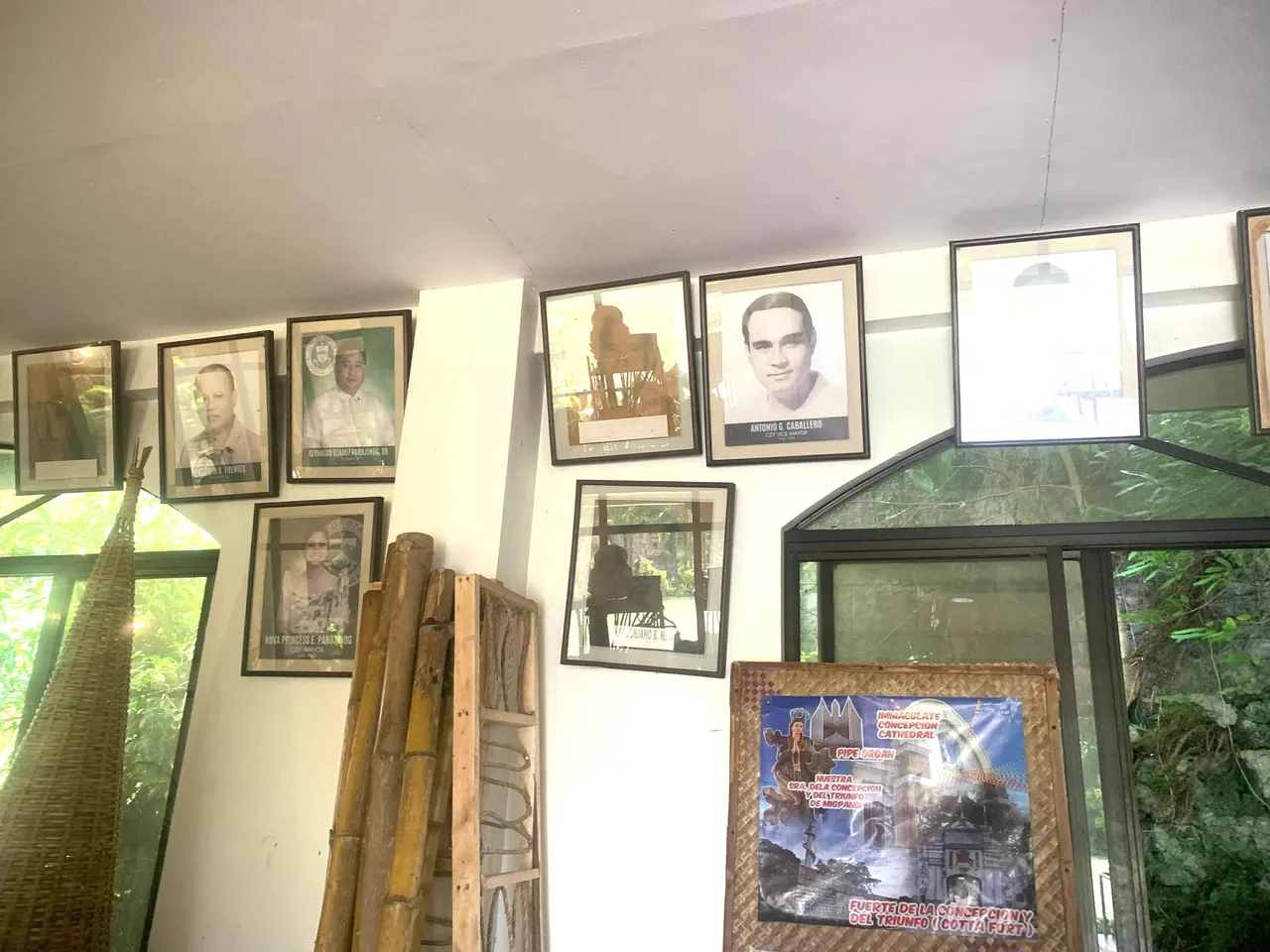
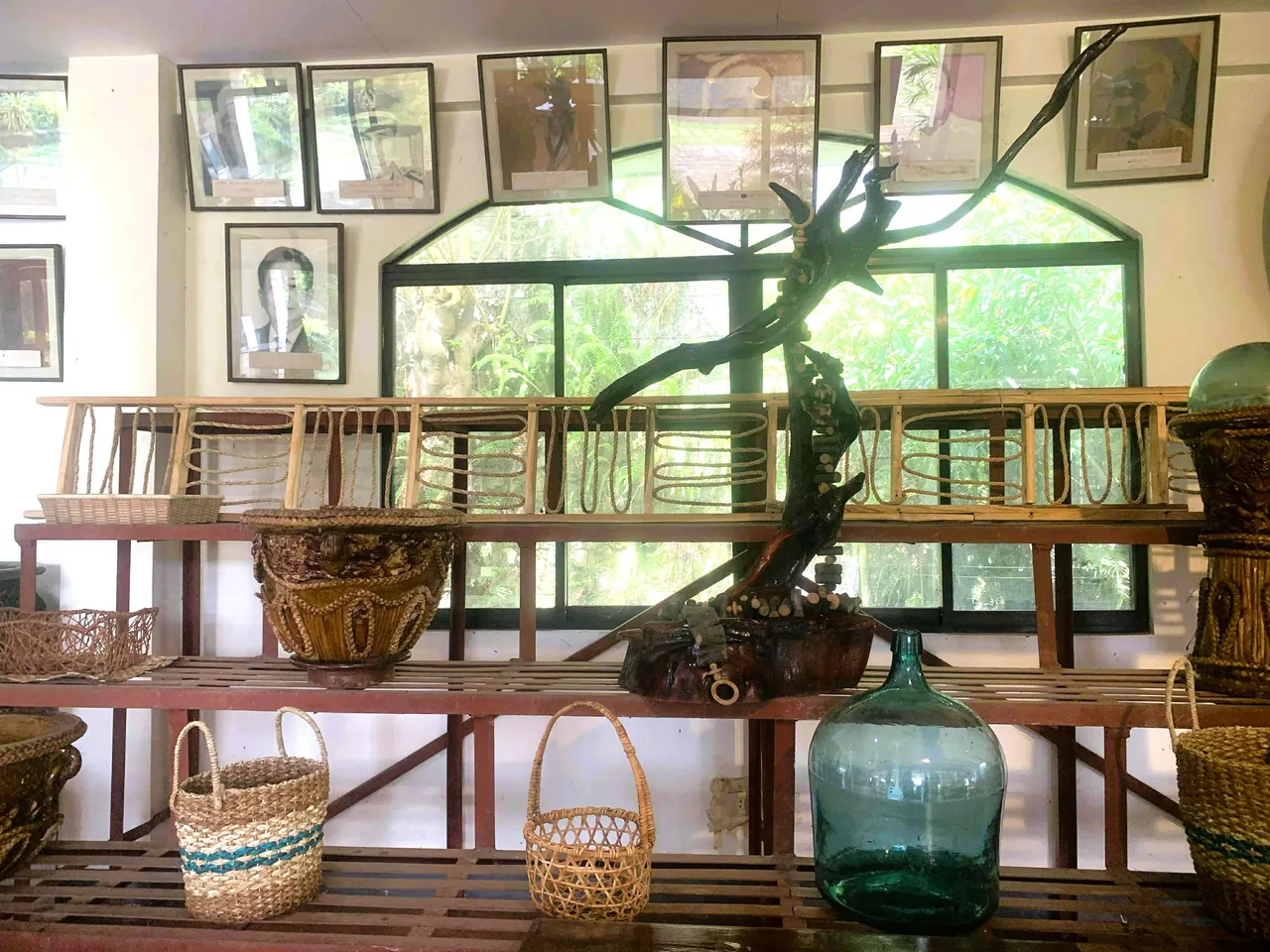
There were also antique chairs made from strong hardwood, and old sewing machines that reminded me of my grandmother’s house. Those chairs are still sturdy over time, and the hardwood material shines even more as centuries pass by. Stone mills were there too, reminding us how difficult life was before, where you needed to spin those two round, flat, heavy stones to each other to grind corn for corn grits meals.
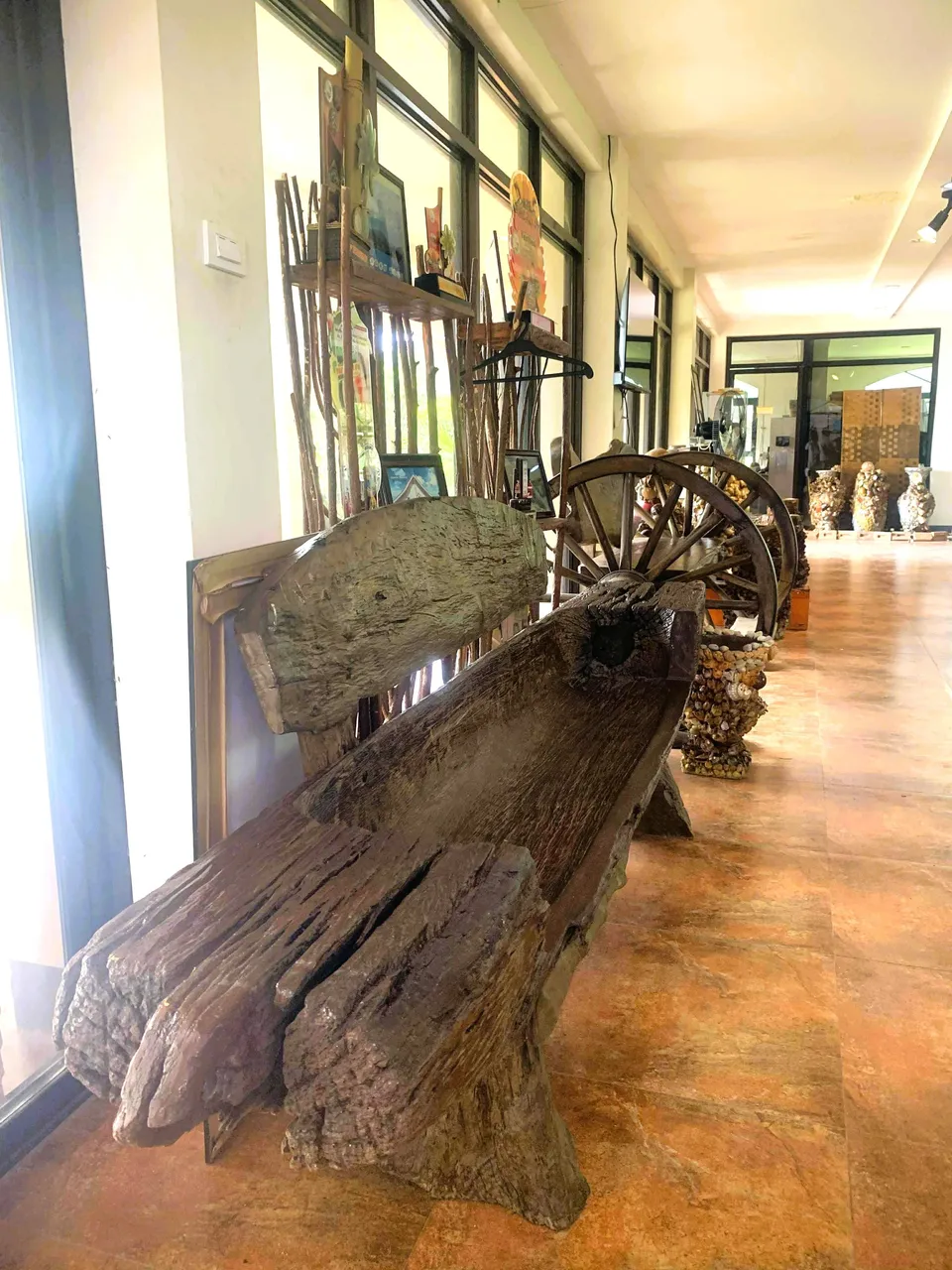

One thing that caught my eye was the big narra tree beside the museum. It was planted by a captain of the soldiers in 1963. It’s tall and strong, just like the fort.
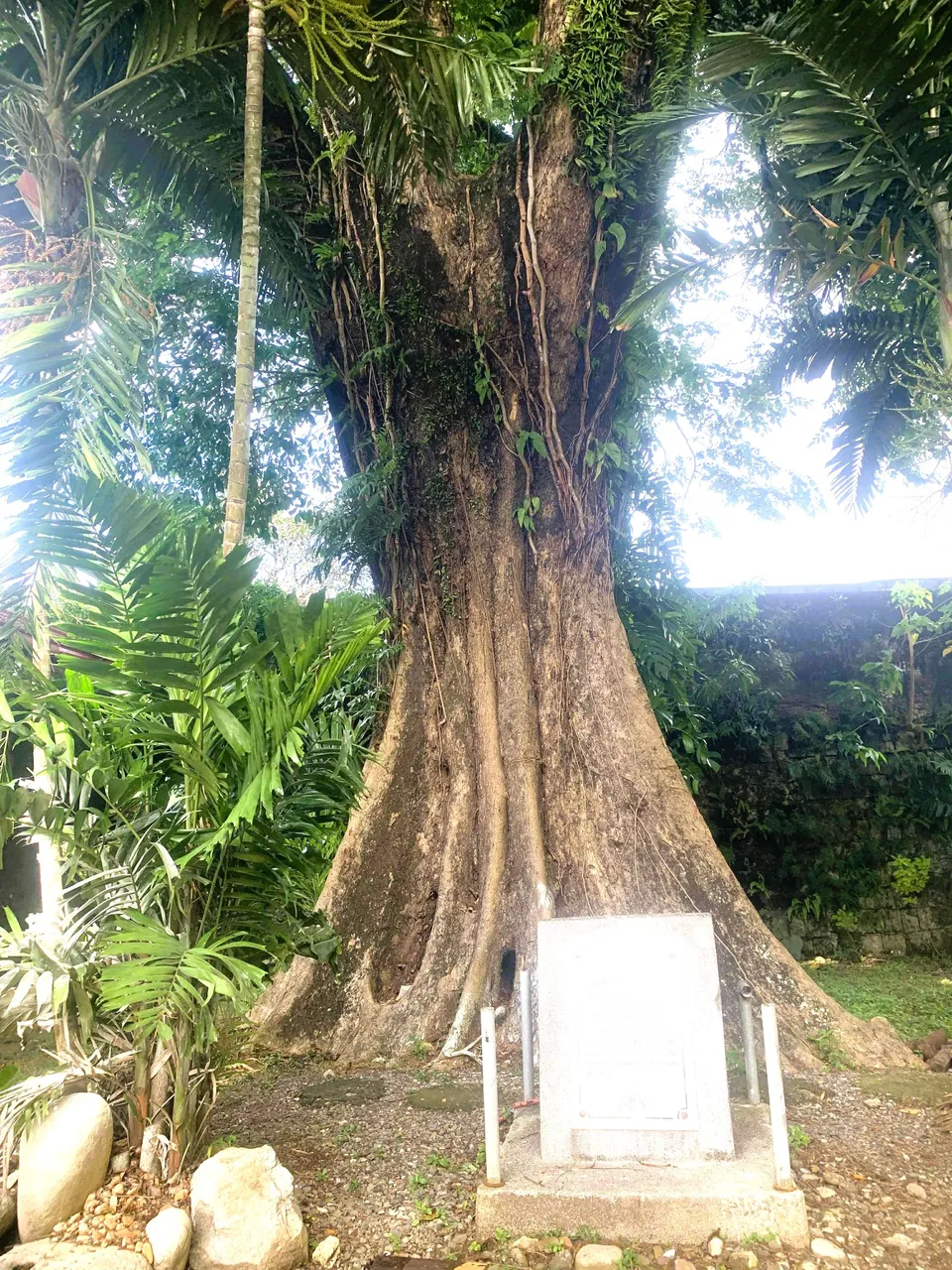
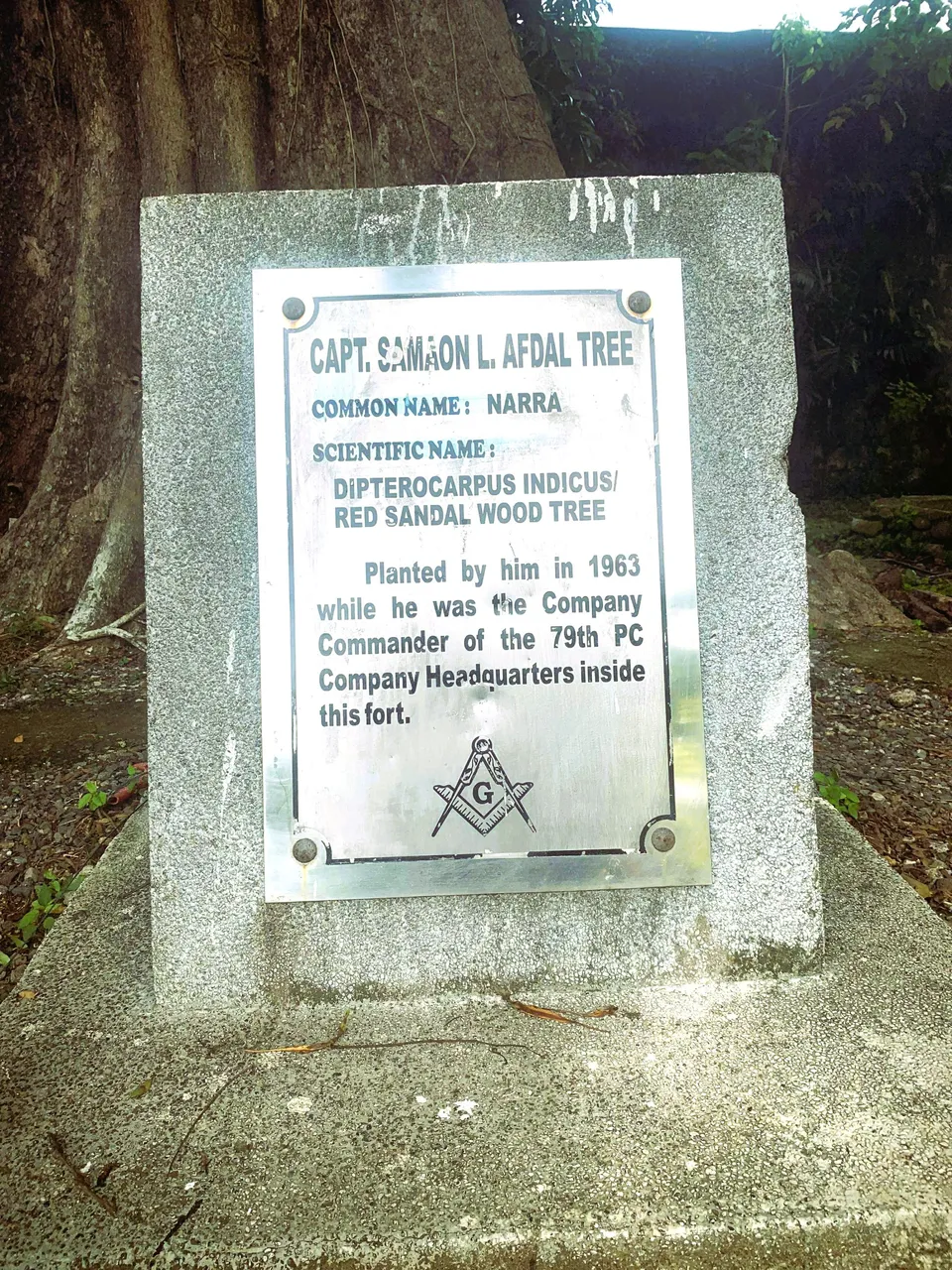
Walking around, I saw the lighthouse on one side, facing the Panguil Sea. The old cannon is still there too, pointing out to the sea, although it doesn’t work anymore — but it’s nice to imagine what it looked like when it did.
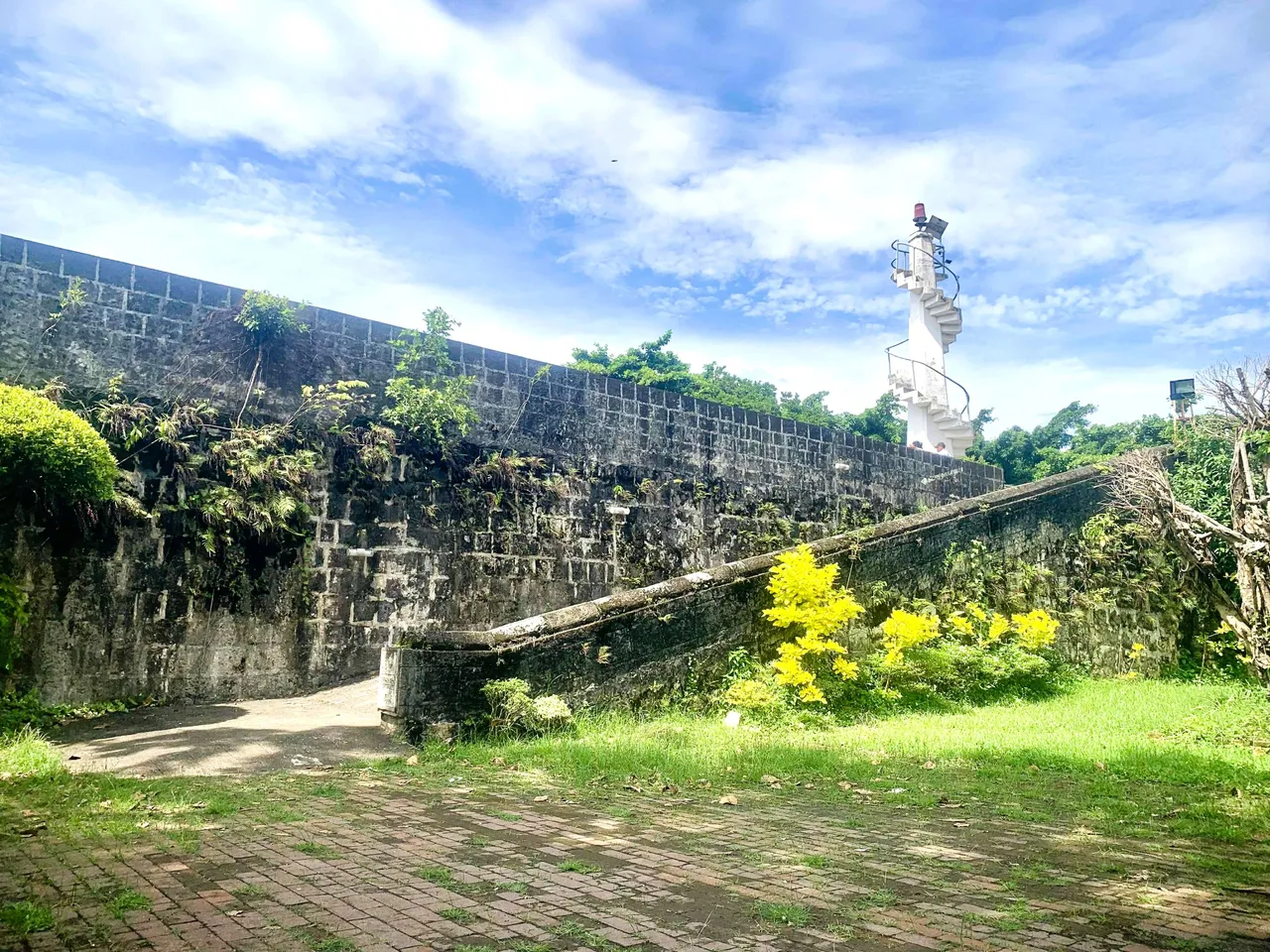
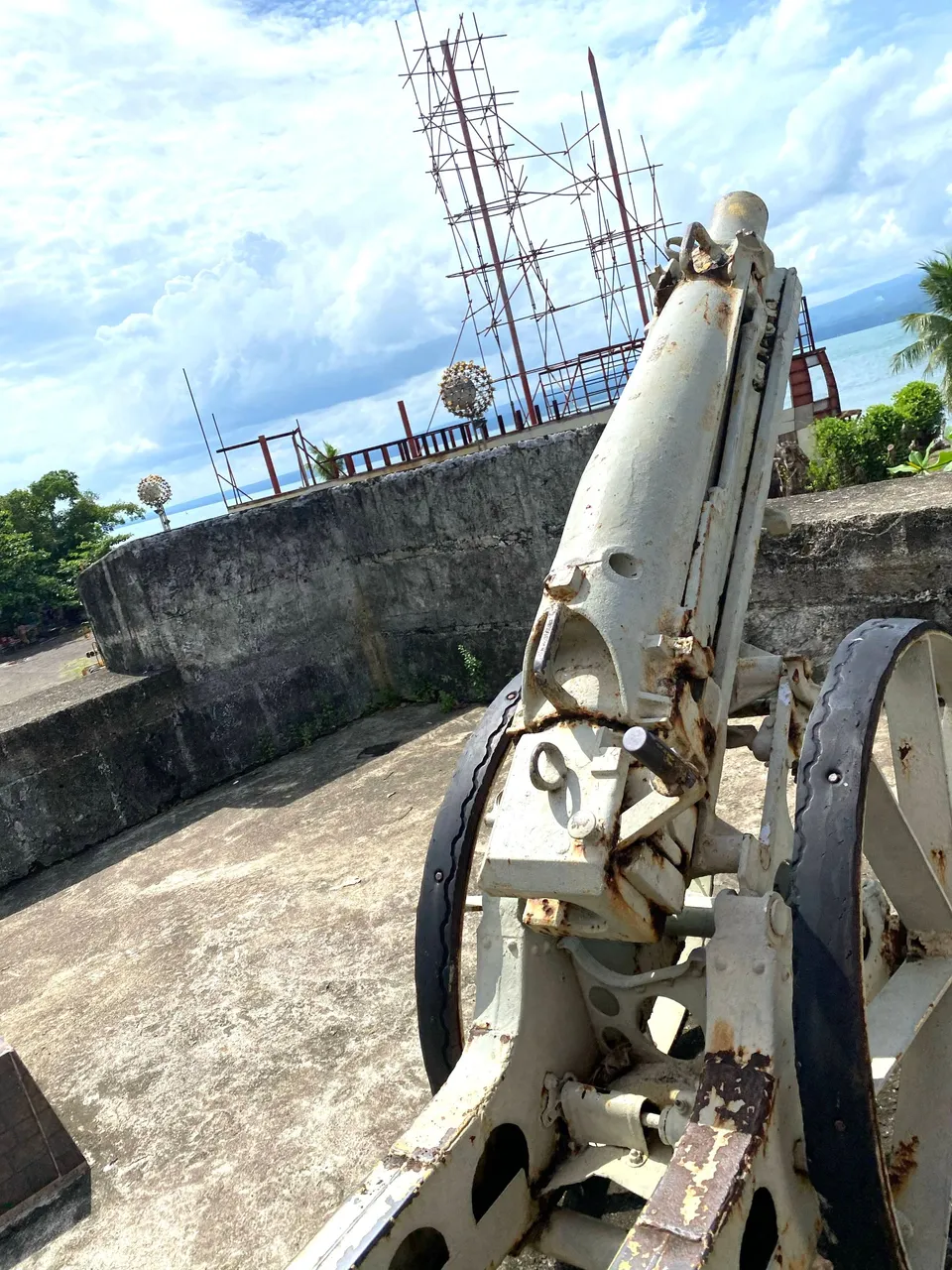
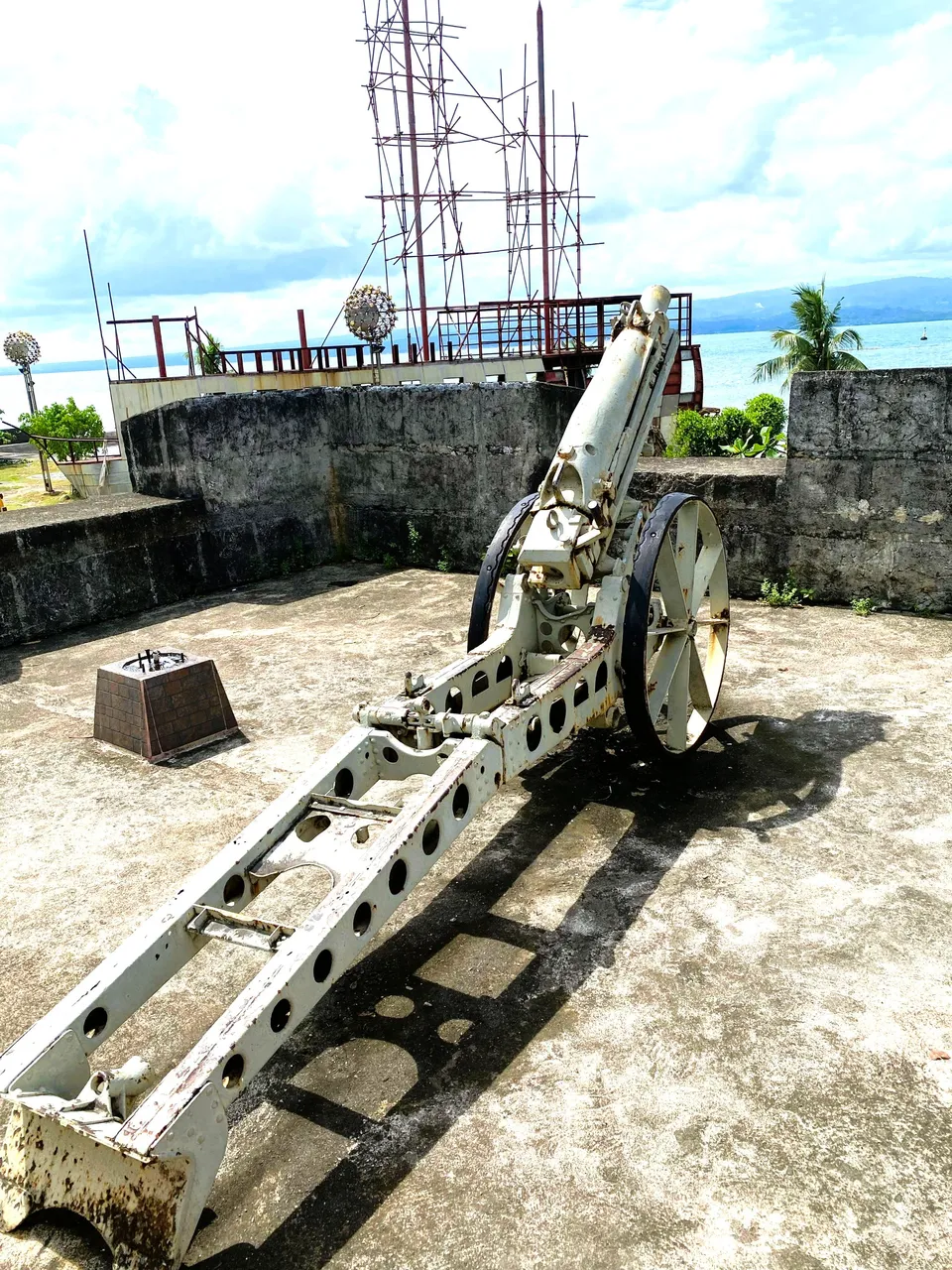
There’s also a pathway on top of the high walls. I walked there and pictured how the soldiers watched for ships coming closer during the war. It gave me goosebumps to think about how they protected the city from here.
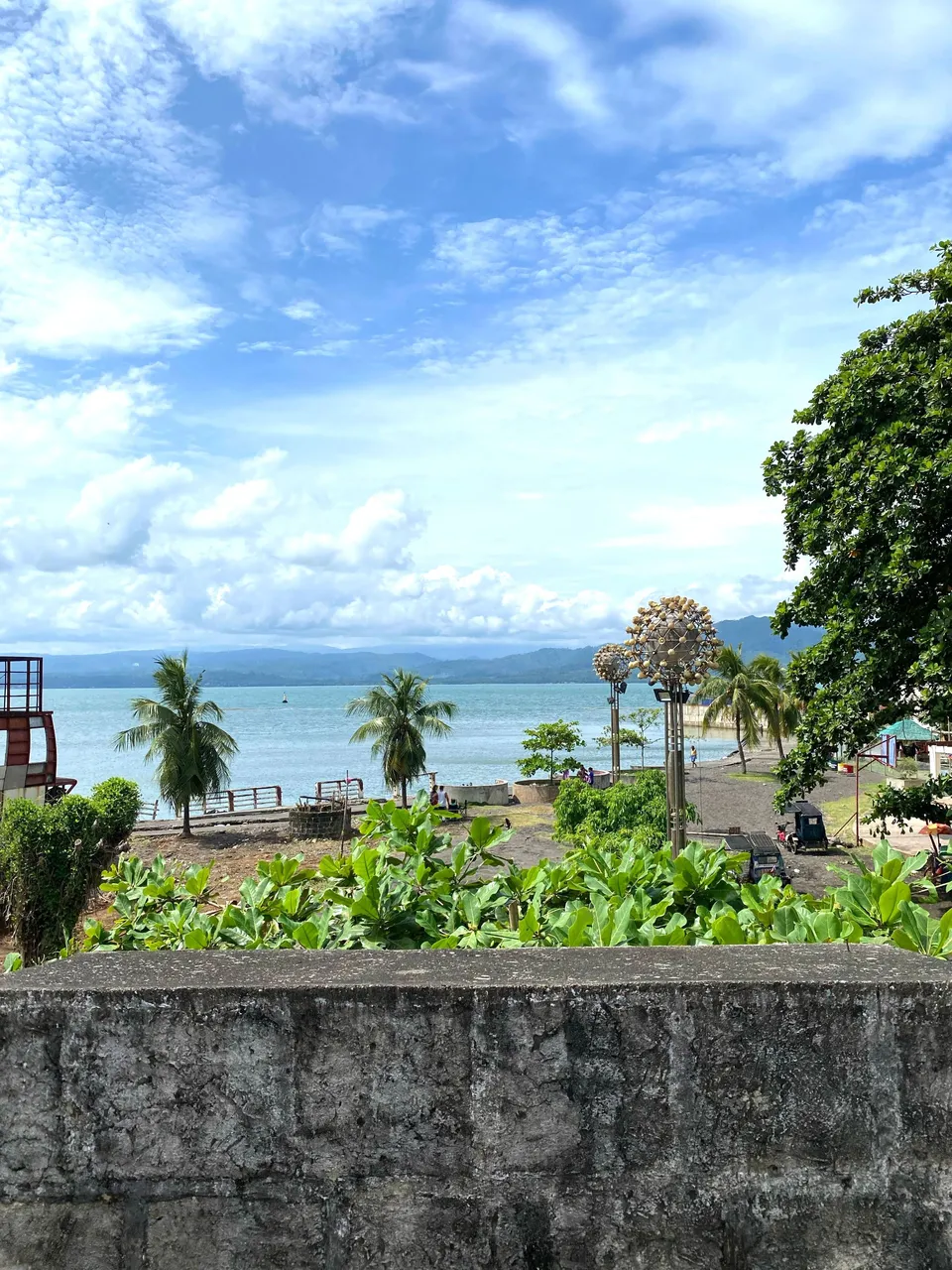
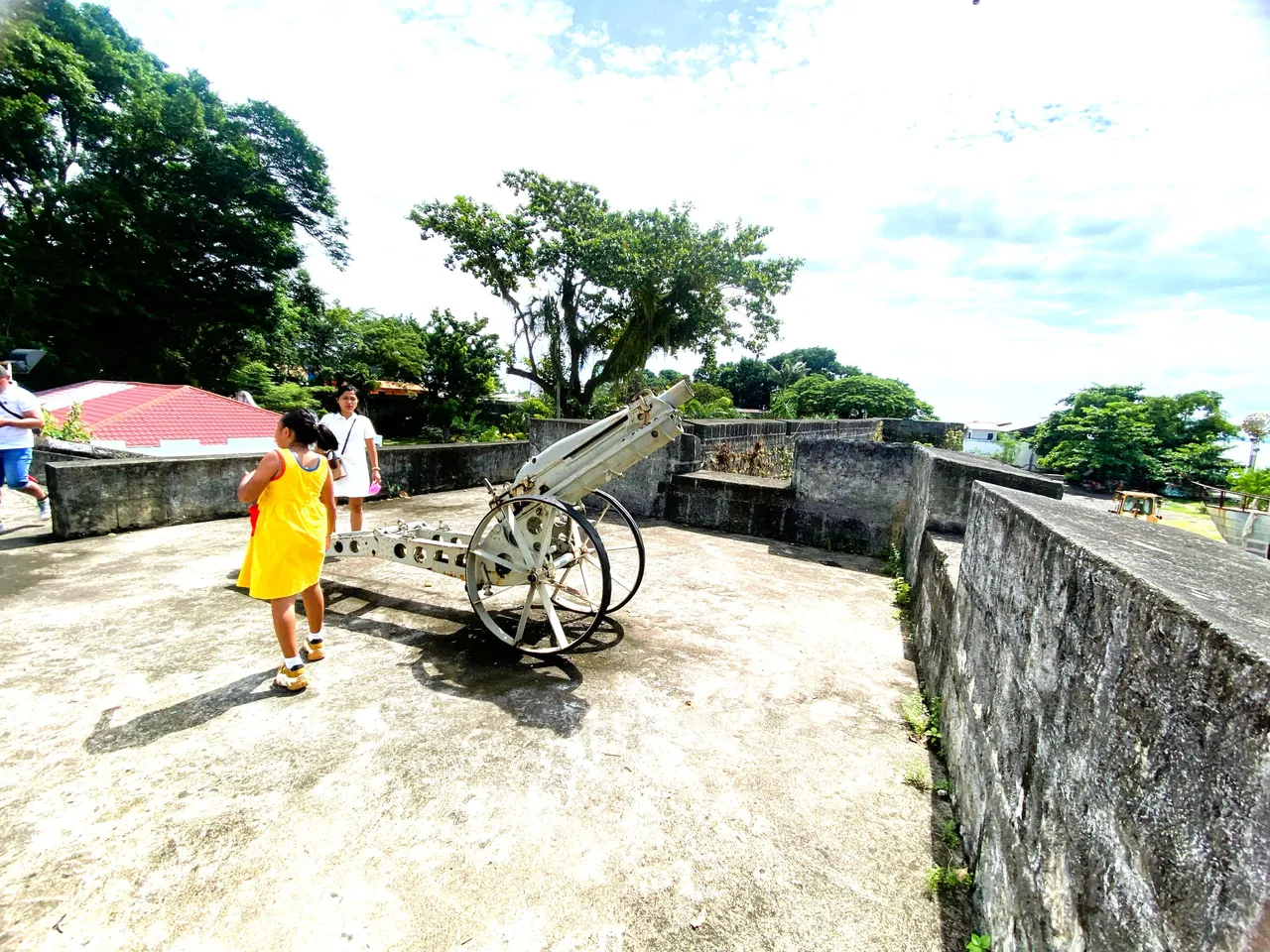
Now, the whole fort is landscaped with trees and plants. It feels peaceful, like a small park full of stories. I think it’s amazing how they kept this place beautiful while still showing its history.
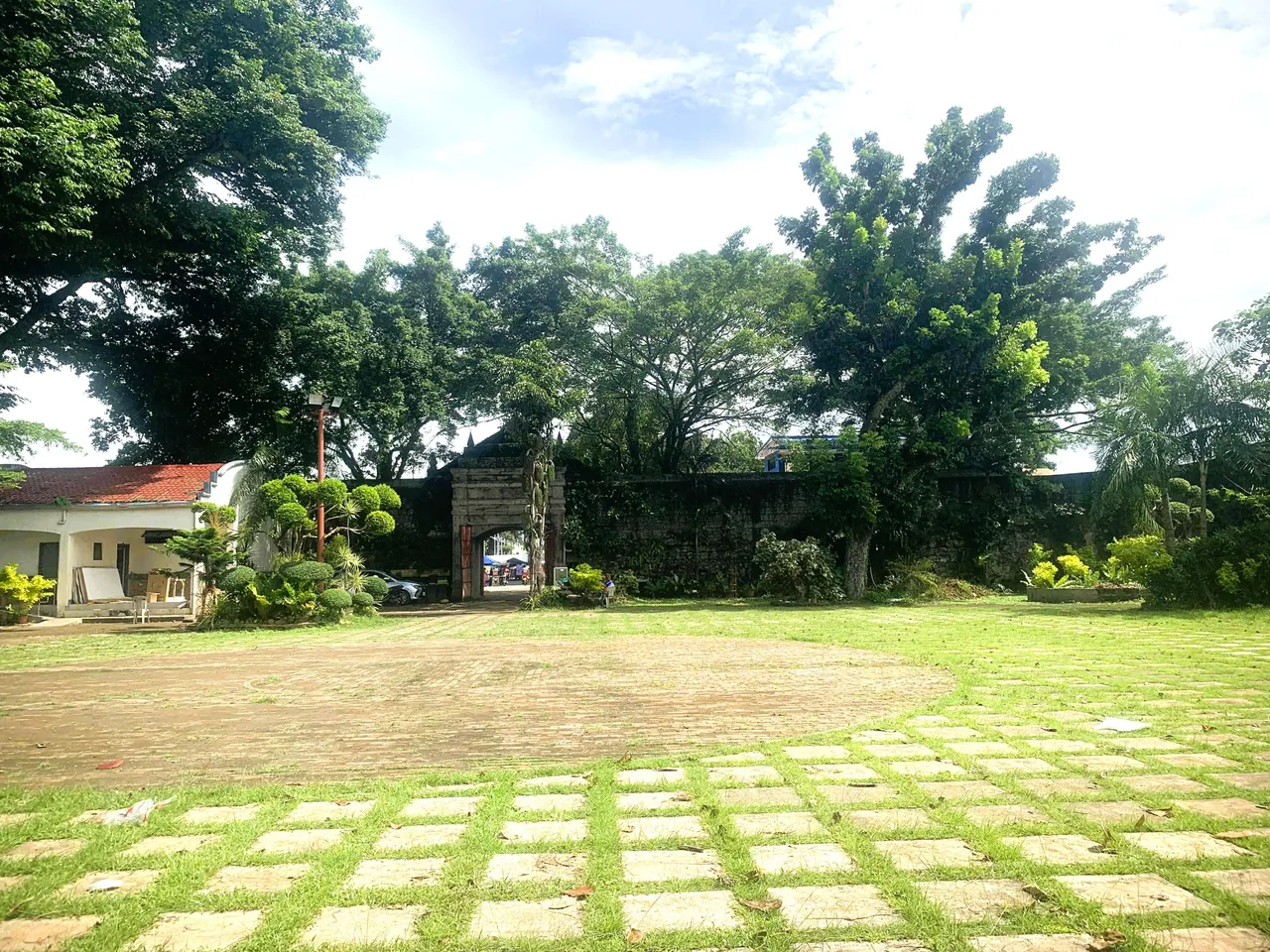
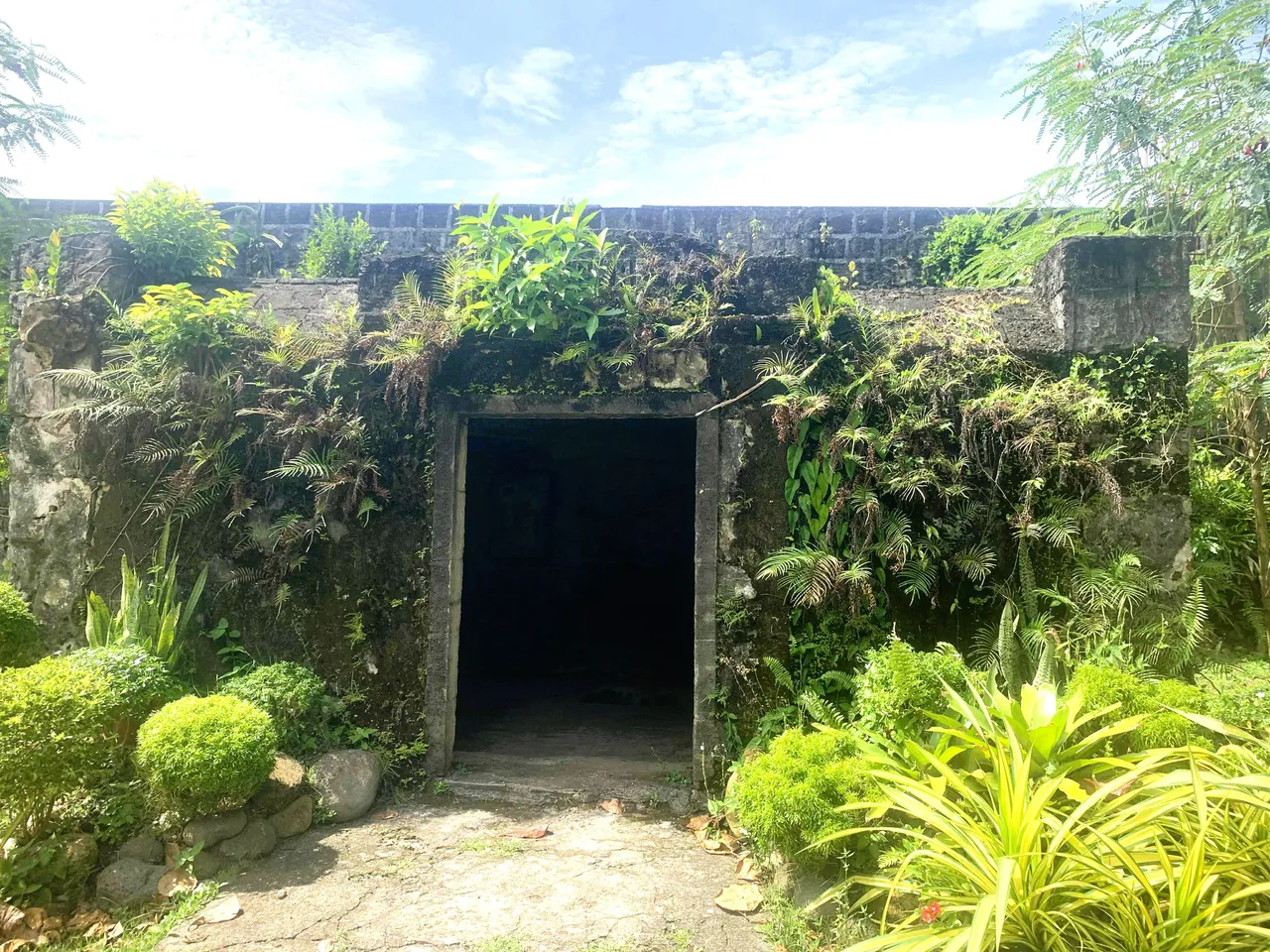
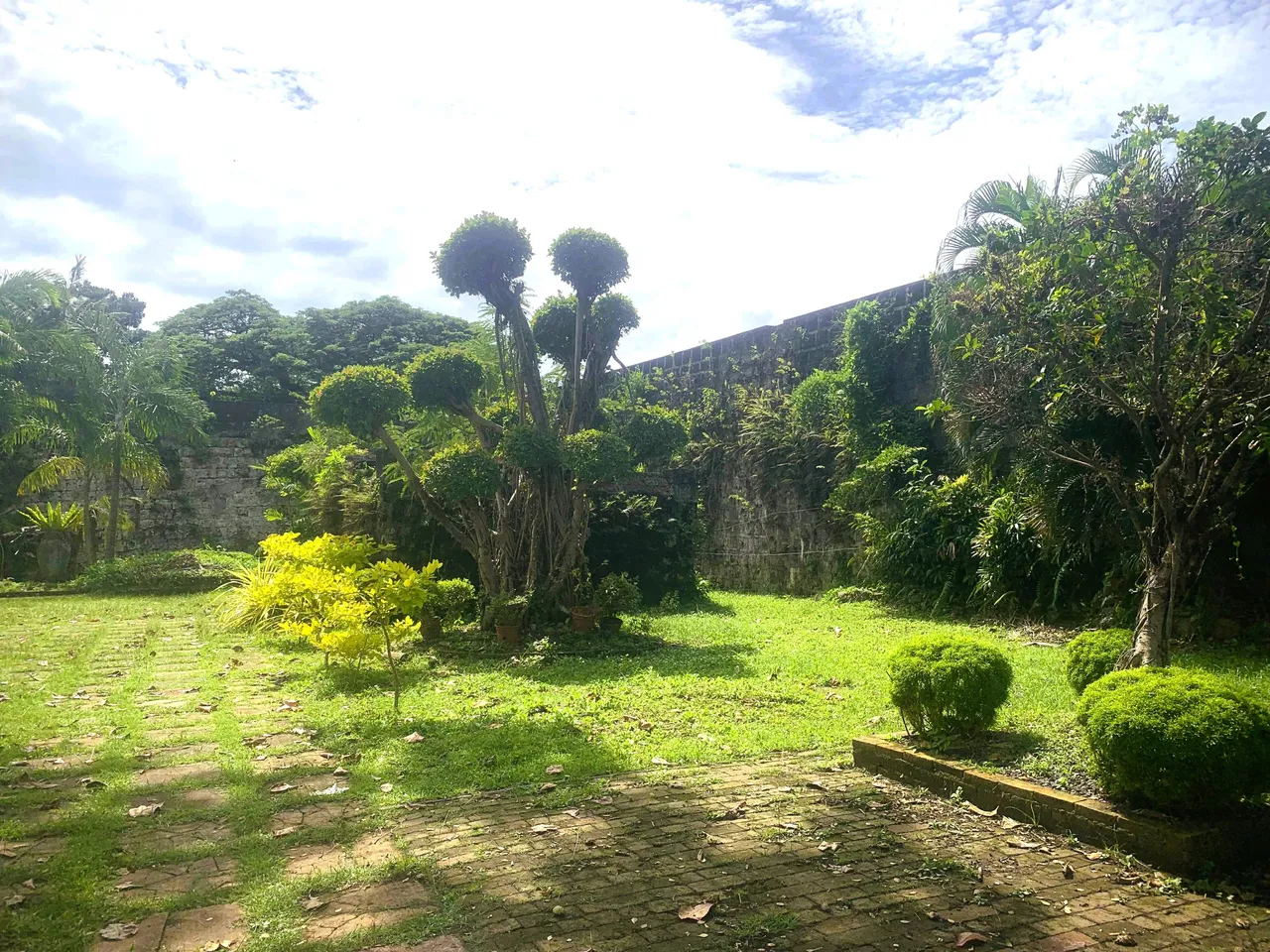
If you ever visit Ozamiz City, don't forget to visit Fuerte de la Concepción y del Triunfo. Take your time inside the museum, look at the old things, read the signs, and maybe ask the caretakers about the stories behind them. Stand by the lighthouse and look out at the Panguil Sea. Walk on the old pathway where the soldiers once proudly stood.
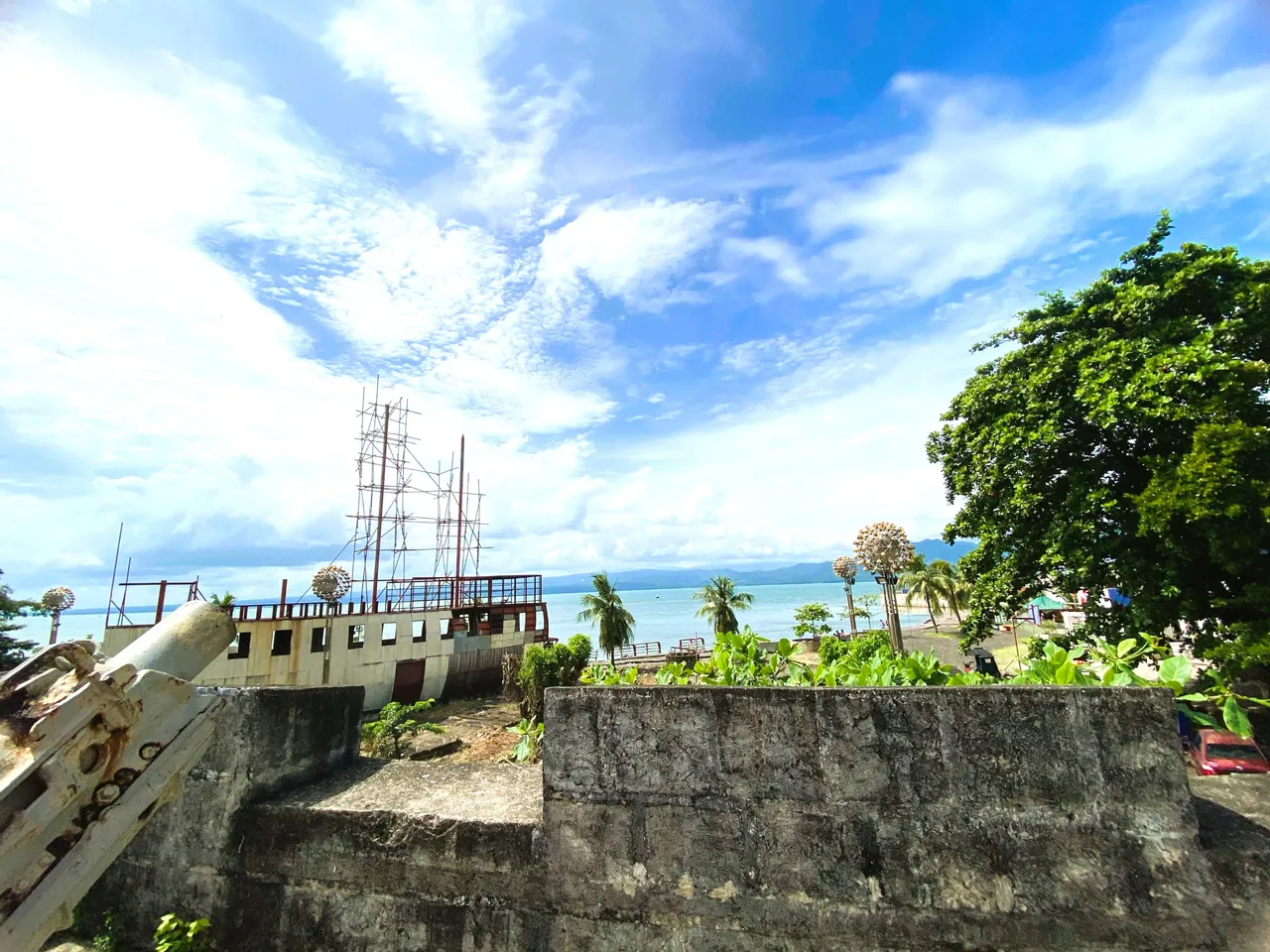
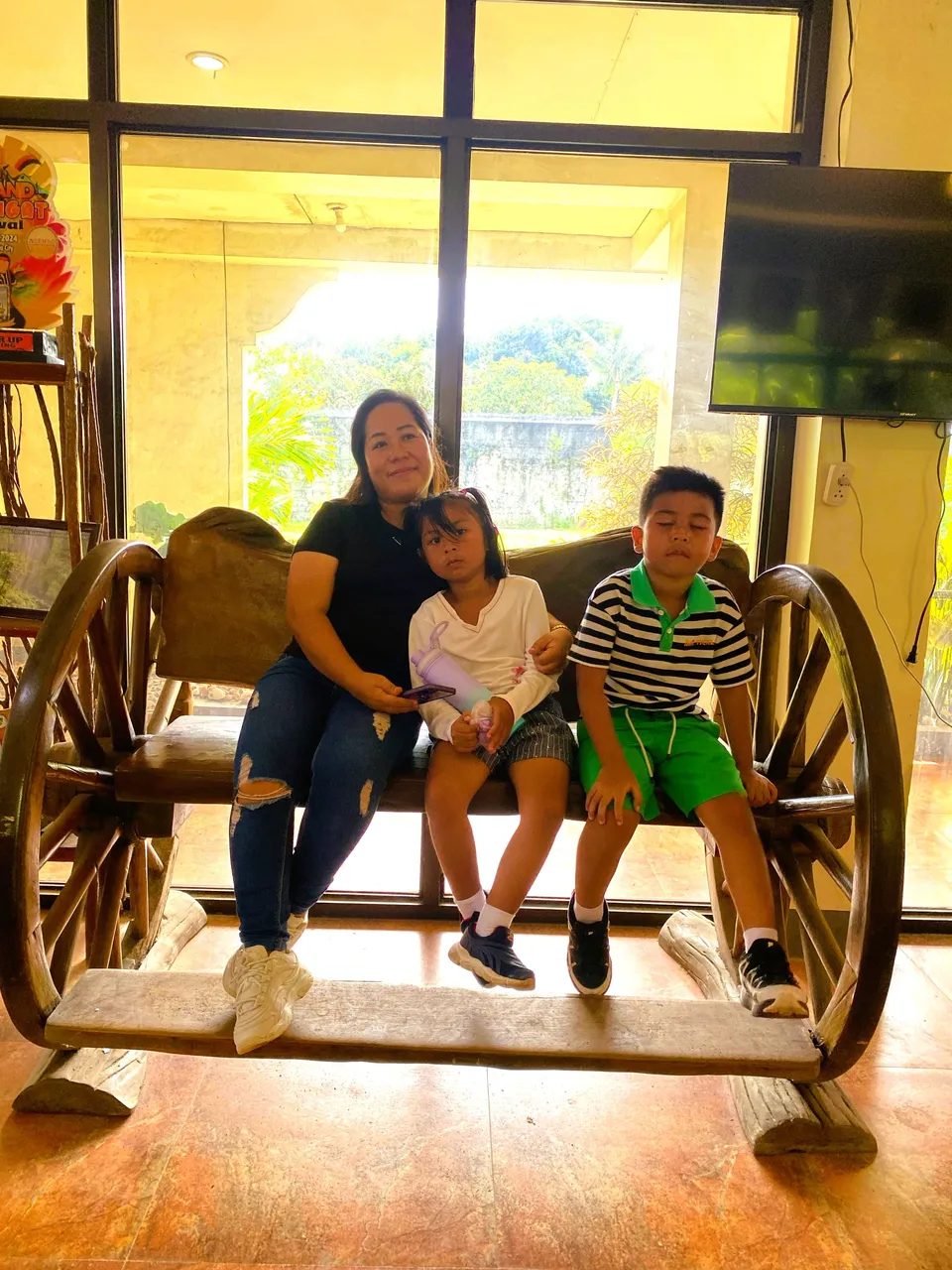

This fort made me feel like I traveled back in time. I’m happy I got to see it, and I hope more people will visit and remember how brave our Filipino soldiers were fighting for the freedom and independence that we are enjoying nowadays.